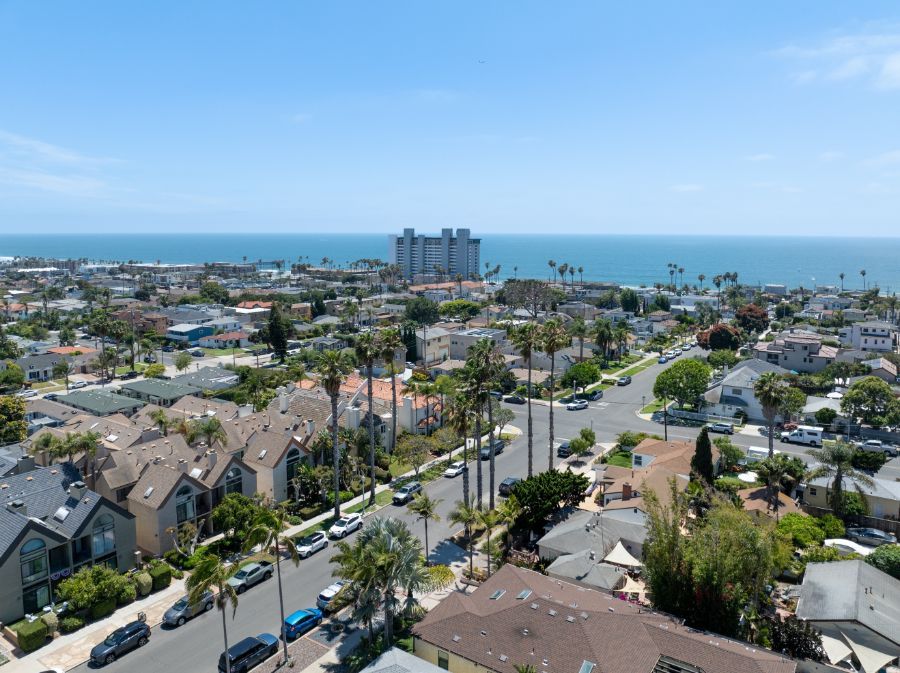How Does Living Close to an Ocean Affect Your Property

Owning property near the ocean is one of many people’s goals. This is why Long Beach is an ideal city for investors. While properties near the ocean may be beautiful and sought after, it's not all sunshine and rainbows. With the sand, humidity and salt, there are many considerations to keep in mind when owning a rental property close to the ocean.
Don't let this discourage you though as today we’ll go over three different factors living close to an ocean can affect your property and how to deal with them.
Exposure to Saltwater and Humidity Increases
Due to the proximity to the beach, many homes and properties in Long Beach CA. have to deal with an increased exposure to salt and high humidity. Salt in the air tends to accelerate the corrosion of metal components. This can include railings, window frames, fasteners and hinges. Gradually, these materials will begin to degrade far more quickly when compared to inland properties. This can result in damage to the exterior finishes, like the paint and siding. Additionally, luxury beachfront properties also have to contend with winds that can carry sand, creating further surface erosion.
For this reason, properties in beach cities may require more regular maintenance to preserve the property’s curb appeal. Wooden structures, such as porches or decks, can be particularly vulnerable to rot and warping if not built with adequate protection. You’ll likely need to invest in moisture-resistant materials and be vigilant during inspections and general upkeep in order to prevent costly damage.
Year-Round Tourism
Beach city properties benefit from tourist traffic throughout the year, this can provide investors with an opportunity to attract both long and short-term renters. The charm of living in a beach city can draw visitors during nearly every season. The summer and spring are great for beach activities while the fall and winter are full of festive celebrations. Marketing short-term rental properties as attractive vacation rentals sites like AirBnB, investors can capitalize on the increased number of visitors. This helps to ensure steady occupancy rates and lowers vacancies. Having a dual-market approach to your portfolio not only maximizes rental income, it can lower overall costs and benefits your bottom line.
This is not without its drawbacks, as more tourism generally means more noise. This means for properties near areas with many loud events or tourists you may need to consider
minimizing the noise your tenant will have to manage. Consider investing in sound proofing for your rental property to improve your tenant’s satisfaction.
Higher Rental Demand
Regardless of the challenges, properties near the ocean will typically have a higher market value due to their location. Beach cities tend to drive demand for rentals whether for both long and short-term leases. For example oceanfront properties are attractive to renters looking to vacation, while inland rentals appeal to tenants who are looking for stability while also having access to the beach and downtown Long Beach. Based on your rental, property owners can capitalize on seasonal income from short term rentals, or steady income from long term leases. Beach city properties also tend to appreciate in value over time, offering an added advantage for investors. However, owners must learn to balance property values and rental income with the added costs of maintenance to ensure a positive return on investment.
Although beach city properties may sound expensive,
Long Beach CA. offers what many investors consider a great deal on rental properties. If you’re having problems filling vacancies or if you need help managing Beach City rental property, we invite you to call us today at (562) 888-0247 or complete our
Owner Application online.





